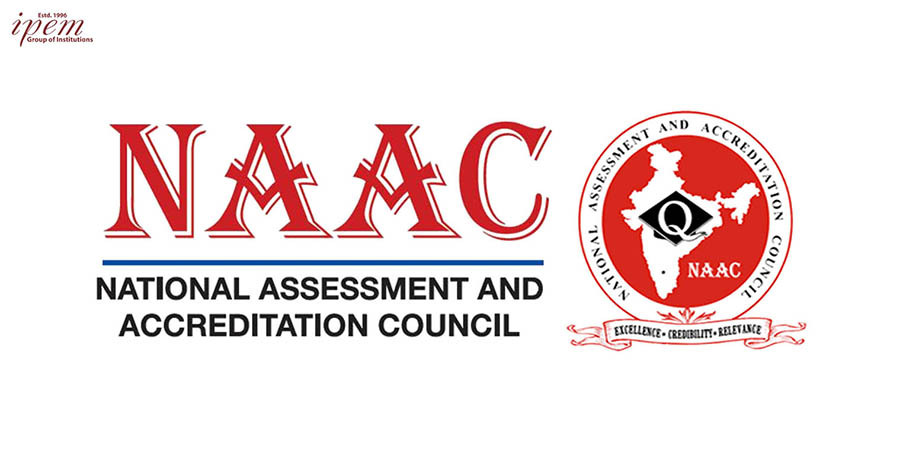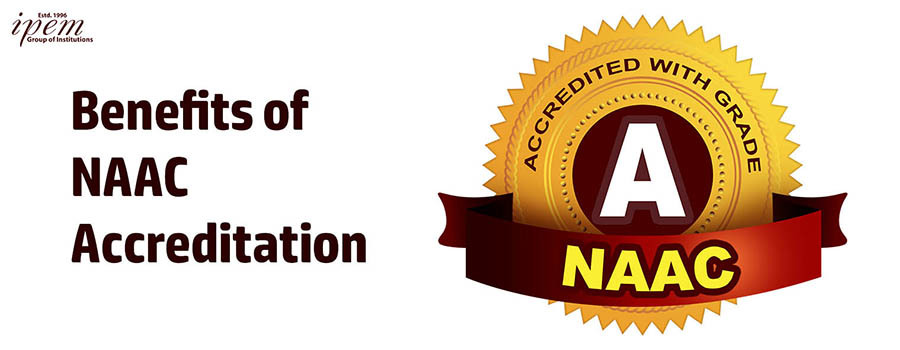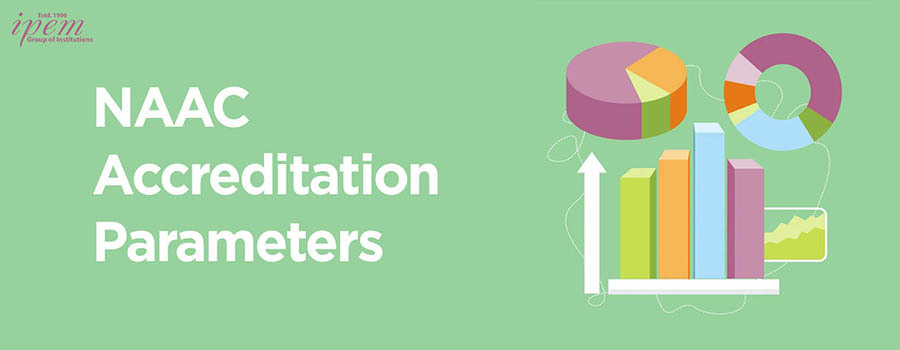Higher education institutions are setting new parameters to promote the holistic development of the generation. Education is incomplete without evaluation, be it of teachers, faculty or university. The National Assessment and Accreditation Council (NAAC) conduct holistic assessments of the universities listed under it. NAAC sets the standard to determine whether the institutes conform to Indian higher education standards. Universities with NAAC Accreditation are awarded the quality certificate to empower the institute’s reputation.
Funded by UGC or University Grants Commission, it assesses and accredits Higher Education Institutions in India. Earning the certification is not easy since the college has to abide by all the parameters, and hence getting admission to Top NAAC Accredited Graduation Colleges in Ghaziabad can be of great benefit for students.
Importance of NAAC Accreditation

With a robust system of accreditation, we can facilitate transparency, mentorship programs, and scope of improvement. NAAC confirms the quality of education delivered in HIEs. NAAC accreditation quantifies academic programs and learning outcomes to aid round development of students. Offering the NAAC accreditation has a purpose, i.e., to uphold the quality of education among the institutes. Besides, NAAC facilitates funding programs supported by federal or state authorities. Once given the NAAC accreditation, the college rejoices in the vote of confidence among other institutes and its validity for the next 5 years.
- During these 5 years, the colleges work on their strengths, weaknesses, opportunities, and threats to explore new opportunities for improvement.
- The institutes start focusing on the allocation of resources and planning to chart our ways to grow.
- Since it is awarded for a short time and there is always a risk of losing it or achieving better grades, the institutes explore a new direction of success to maintain their reputation in a long run.
- In the tech-enabled world, smart and effective models of delivering education can be the best leading way. They implement modern and innovative educational methods to experiment and achieve.
- Throughout the journey, the institutes try to implement workable techniques and improve their inter-and intra-institutional communication to bridge the gap.
- The better the amenities, the more the ranking. The more the ranking, the higher the recruitment rate of students. Thus, it ensures the consistency of quality education.
The Mission of NAAC is:

- To encourage self-evaluation, accountability, autonomy and innovations in higher education;
- To stimulate the academic environment for the promotion of quality of teaching-learning and research in higher education institutions;
- To arrange for periodic assessment and accreditation of institutions of higher education or units thereof, or specific academic programs or projects;
- To undertake quality-related research studies, consultancy and training programs, and
- To collaborate with other stakeholders of higher education for quality evaluation, promotion and sustenance.
Benefits of NAAC Accreditation

NAAC accreditation benefits both: the students and the institute.
Benefits for Institutes
- Easy allocation of projects
- Institutes can avail sufficient monetary or funding support
- Improves brand value
- Elevates admission by making a positive impact
- Covers up for resource allocations
- Strengthens hiring and brings in more efficient employees
- Boosts identity of the institute
Benefits for Students:
- Students hailing from NAAC-accredited colleges can get an edge over other university students.
- NAAC accreditation expands placement opportunities for students.
- Since NAAC demands best practices to be followed, students get the best exposure.
- Improved academics, and access to labs, workshops, opportunities, projects, etc.
- Paced up exchange programs and international tie-ups.
- Extensive opportunities for further studies.
Why Do Colleges Need to Be NAAC Accredited?

NAAC plays a key role in streamlining higher education for the betterment. From catering for the qualitative analysis of teaching-learning to helping them evolve systematically, this help institutions improve drastically. All in all, there are 568 universities and 11,816 colleges that are accredited by NAAC. The grades may range from A++ (highest) to D.
The colleges that used to be in the worst conditions due to lack of proper infrastructure, arrangements and faculty are now upgrading to their best. Institutes can now evaluate their position strategically under the well-defined seven criteria of NAAC.
Without any such accreditation, it would be fairly difficult to determine whether the institution meets or exceeds minimum qualities or not. However, getting the accreditation enforces high-quality teaching, learning research, industry and government partnership, etc, to compel institutes to upkeep their reputation.
NAAC Accreditation Parameters

Check out these NAAC accreditation parameters that every HEI has to follow:
- Curricular Aspect
- Infrastructure and Learning Resources
- Teaching-Learning and Evaluation
- Research, Innovation and Extension
- Student Support and Progression
- Institutional Values and Best Practice
- Governance, Leadership and Management
Conclusion
The National Assessment and Accreditation Council is an autonomous government body in India. The authority assesses and accredits Higher Education Institutions based on their performance in the above-mentioned accreditation parameters. Accreditation is worth it for so many reasons, and hence aspiring institutes should comply with the rules mentioned by NAAC, and the students should look for NAAC-accredited colleges to give their careers a perfect start.






